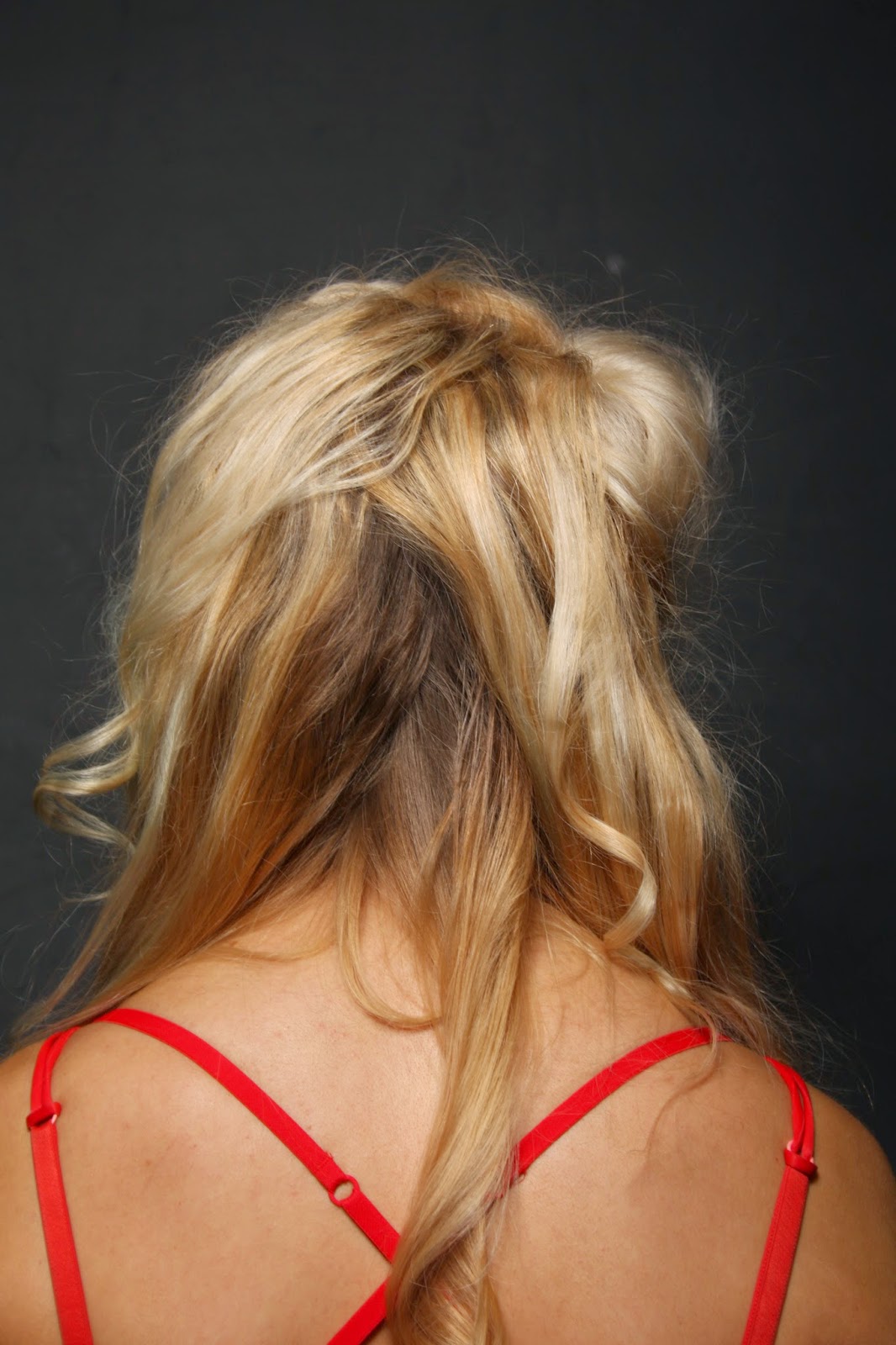When the Nazis rose to power after the Weimar period, much work of great artistic value was lost. Notable art movements of the period included:
Grotesque: Depicting fantastical characters, grotesque and satirical-grotesque artwork was ppular in Weimar Germany. Notable artists of this style include Max Beckmann and Otto Dix.
Expressionism: The art of the individual, expressionism was a genre of art which depicted life from to unique perspective of it's creators; work was often warped imagery, inspired by personal emotions. This genre of art was innovated prior to the first world war and gained following en masse during the 1920s and 30s.
Cabaret and Political Satire: The rise of this art form was centered in Berlin and there are scenes at the Kit Kat Klub in the 'Cabaret' script in which Emcee is depicted as mocking the Nazis.
Surrealism: This art movement is my personal favourite and the work associated with it details the content of dreams and the illogical. The surrealist manifesto states that reason should not exercise control over art. One of the most highly regarded Surrealist painters is Salvador Dali.
The great thing about getting to write a post like this is that I can include some of my favourite artists, one of whom is Edvard Munch. Munch was a great influence on the German Expressionists and is arguably best known for his painting The Scream, which, to me, is the ultimate depiction of spiralling despair.
The choice of colours in Munch's 'The Scream' could link back to my colour theory research; with blue present in the background as well as a deep orange which, though it is not quite the defiant red I reference, is still a strong colour which conflicts with the blue. Beyond Munch's use of colour, I feel that the theme of despair in 'The Scream' is fitting to the mood of Weimar Berlin but does not necessarily suit the character of Emcee.

Moving on from Munch, one of the most influential painters in Germany at the time of the Weimar Republic was Otto Dix whose distinctive style often echoed the bleakness of the day. Having looked at the work of Dix, I find it interesting that many of the figures he painted are of androgynous appearance, as if Dix was using his work to make a point about the oppressive state of society in Berlin as the Nazis rose to power. I think Dix's admiration for the controversial figure relates back to Emcee, a deliberately controversial figure in the Cabaret story. Both the character of Emcee and the paintings of Otto Dix are engineered to make the audience think; this is more obvious in the dark matter of Dix paintings whereas Emcee is, first and foremost an entertainer and, only when we fully consider his character do we see the parallel between the two. This image by Otto Dix is 'The Jeweler Karl Krall' (1923) and depicts Krall's son of the same name with a feminine figure. Interestingly enough, Dix's androgynous portraiture did not extend to images he painted of himself; Dix's self-portraits were conspicuously masculine. I have recreated his 1913 self-portrait in class using grease based supracolour makeup.


On the left we have my version of Dix's portrait (right). I found the surpracolour paints a challenge to use as they blend very easily and by blending them too much you lose the desired effect. I feel that I could improve upon this original attempt by paying more attention to the tones Dix used in the original but practising this techniques was useful and I might consider using this in my final design if I can improve upon my skills.
Lucie-Smith, E (1991). Sexuality In Western Art. 2nd ed. London: Thames and Hudson. p144.
The above image is Egon Schiele's 'A Cardinal Embracing A Nun' (1912). Though this predates the period I was looking at, Schiele demonstrates traits which link him to the German Expressionists. This piece in particular would be considered blasphemous and is clearly intended to be controversial as the figures depicted are bound by vows of celibacy but are clearly shown rejecting these vows and succumbing to passion. I felt the colours in this work were reflective of the themes of oppression, defiance and rebellion.


















































